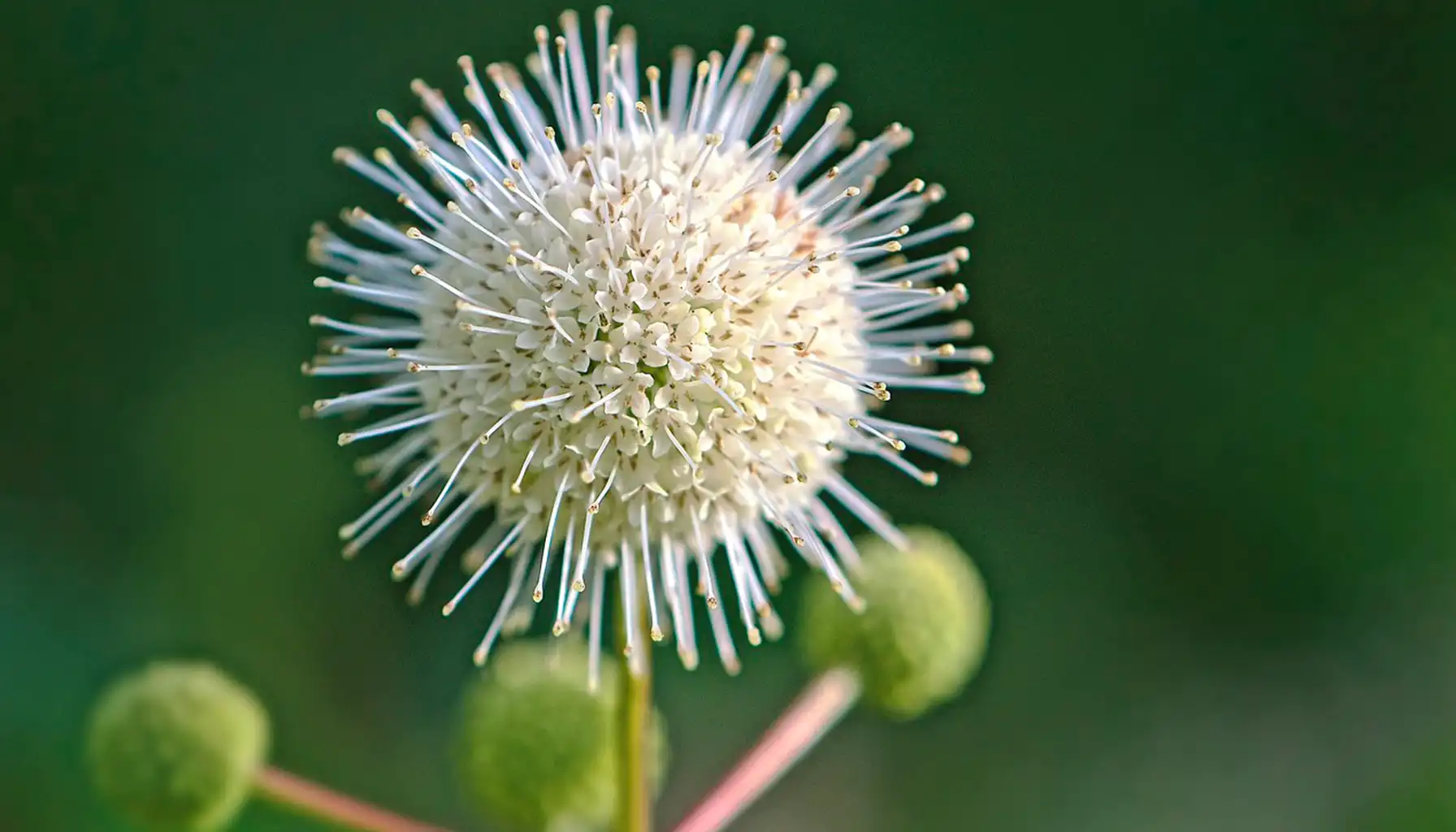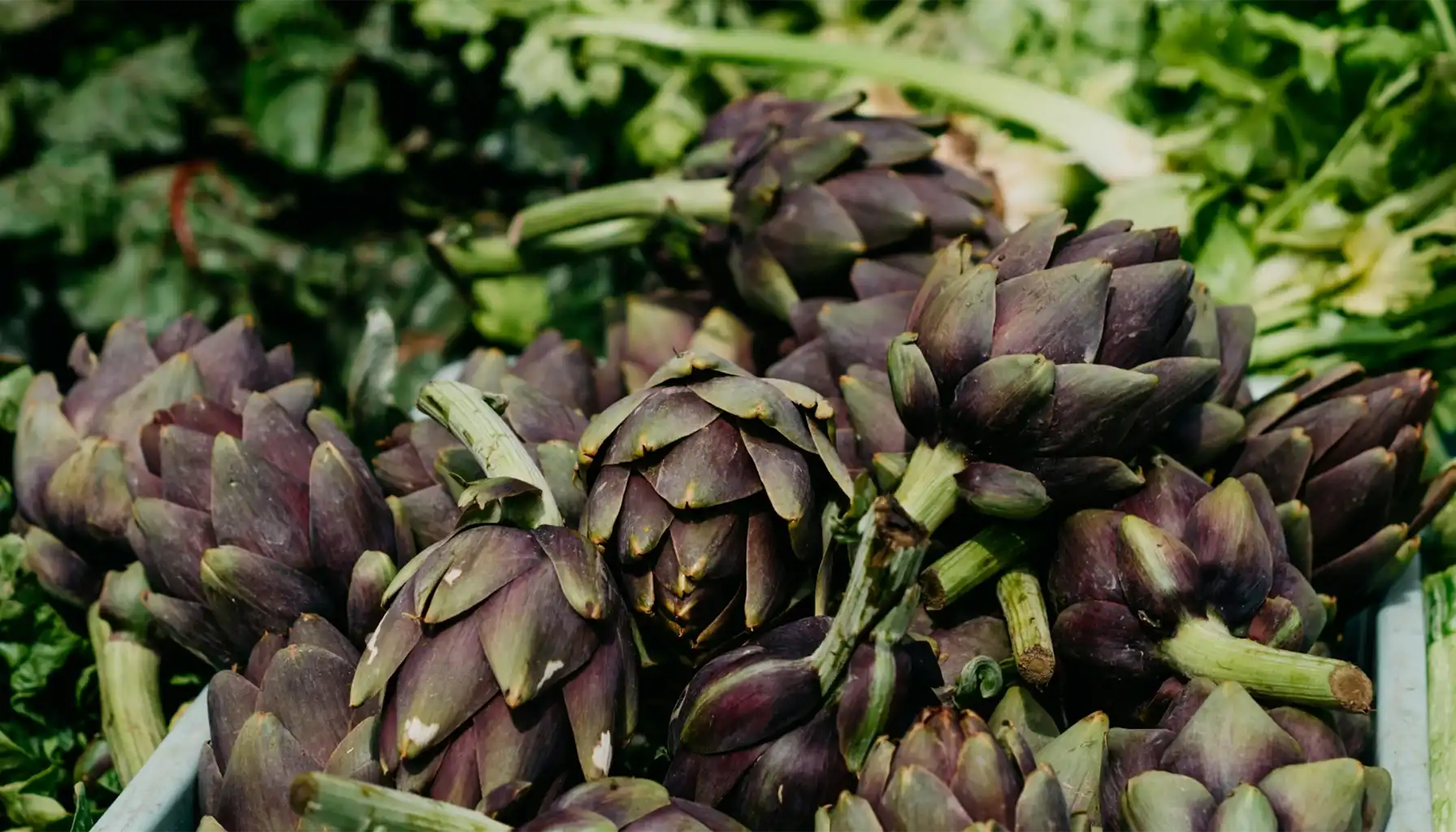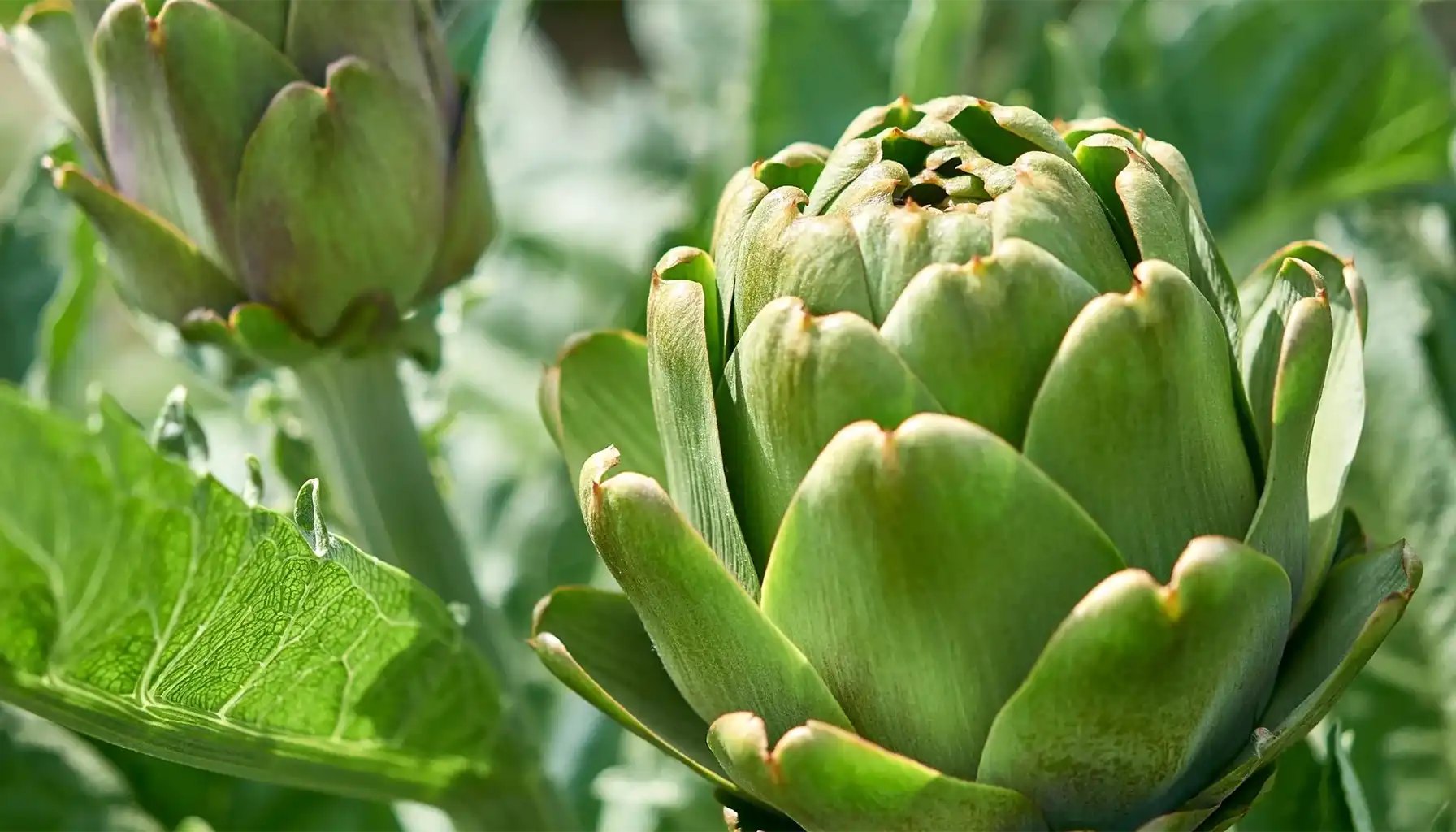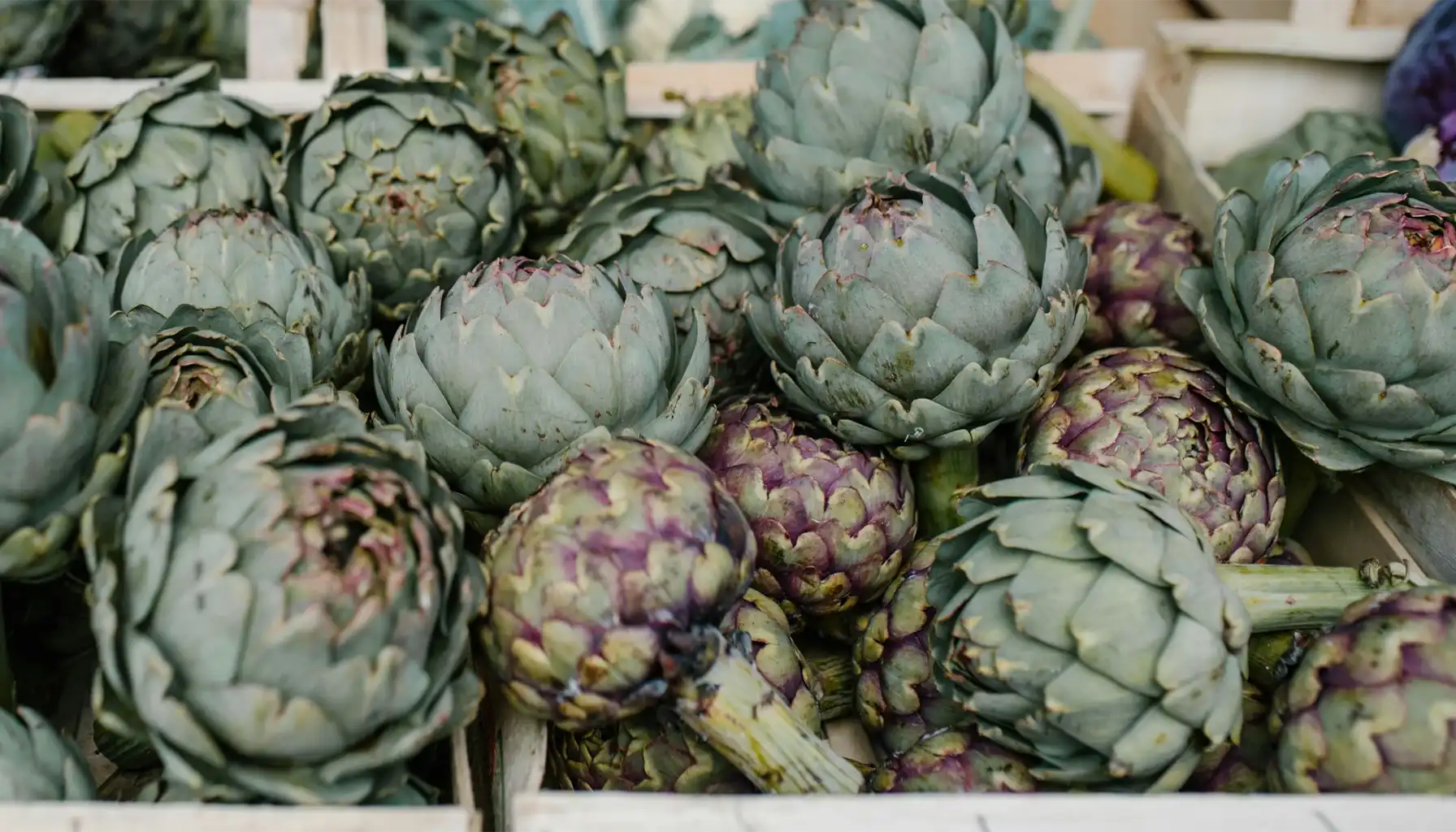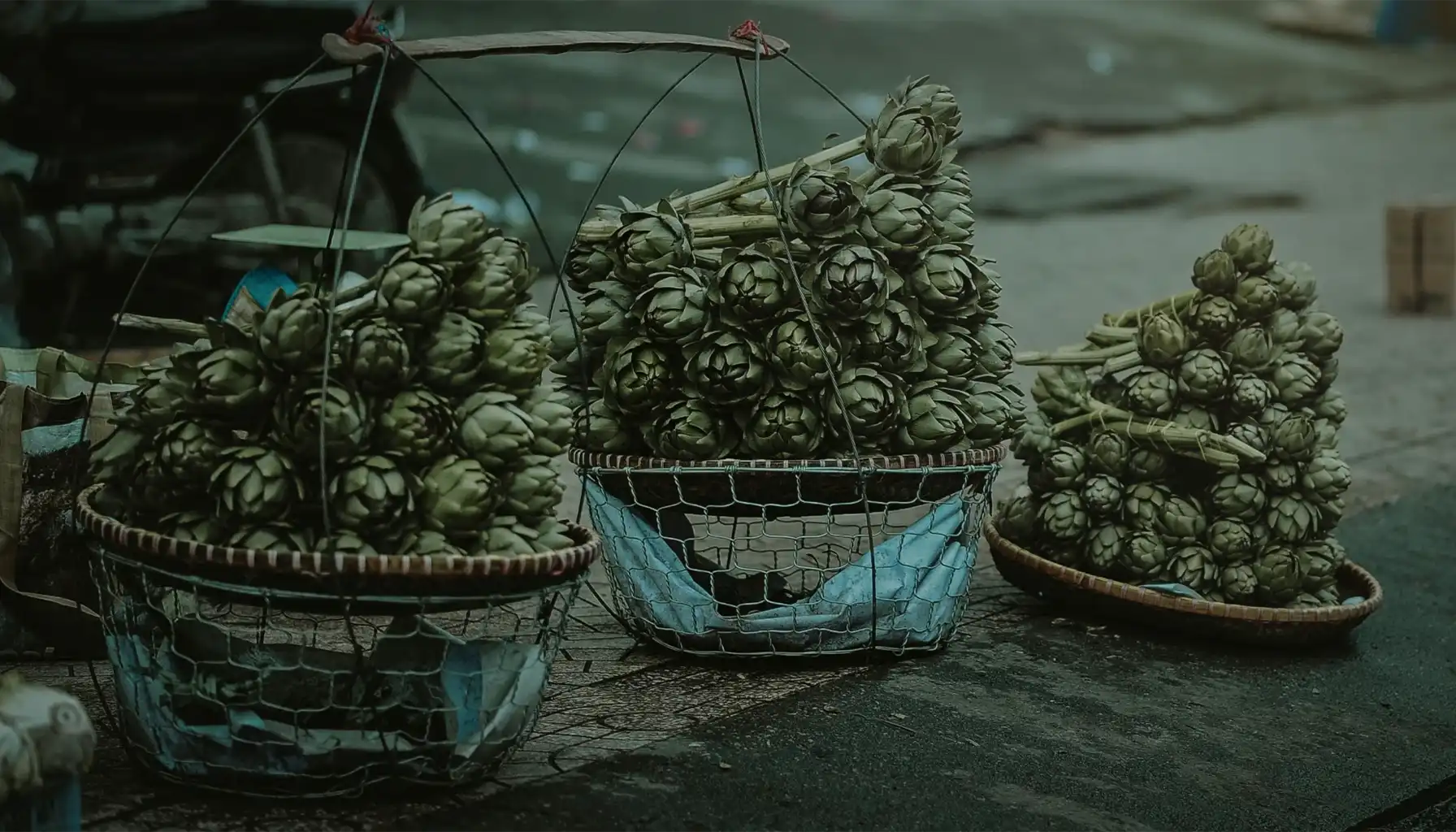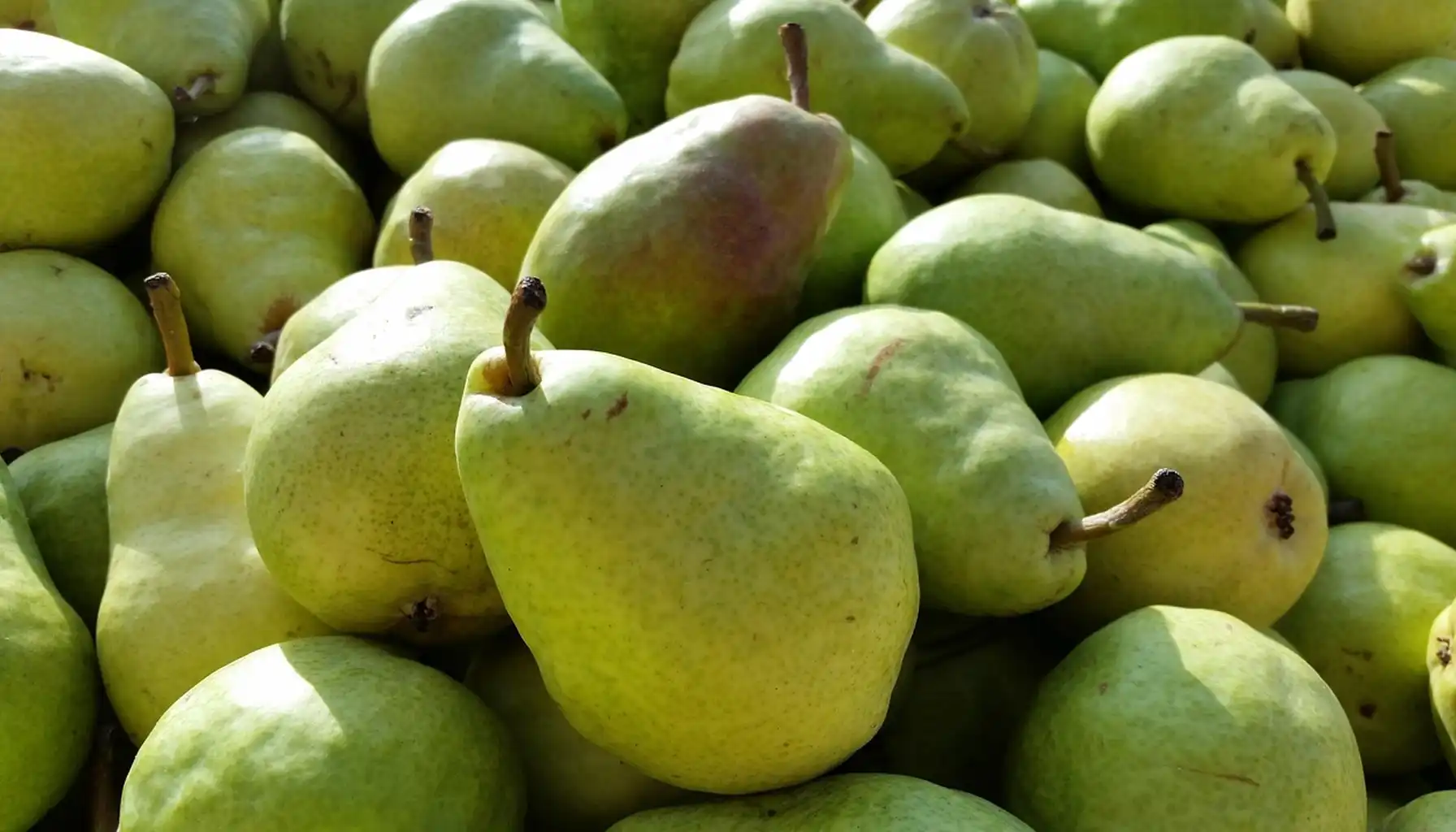The globe artichoke plant is native to the Mediterranean basin, but it eventually settled into American gardens and found a place in Thomas Jefferson’s fields at Monticello in the late 1700s.
Commercial production is situated along California’s coast because foggy summers and mild winters replicate the conditions of its ancestral homeland.
Growing it isn’t complicated, but success depends on climate awareness. In warm zones, the crop behaves like a perennial, living for several years. In northern regions, it’s usually treated as an annual, started from seed indoors, vernalized, then transplanted outdoors once frosts have passed.
Maybe you are not sure if the plant is cold already, and when to take it home. You may want to use a plant identifier, it is an app for your phone. With just a camera, it can tell you what is it and how to take care of this plant.
Botanical Background & Characteristics
Family | Asteraceae (daisy/thistle group) |
Life cycle | Perennial in zones 8–11, often annual in colder zones |
Growth habit | Spreading rosette with tall central stalks |
Edible part | Immature flower buds (bracts + heart) |
The crop belongs to the thistle family (Asteraceae), sharing lineage with sunflowers and cardoons. Unlike its wild cousins, it has been selected for fleshy and edible flower buds.
So, what does an artichoke plant look like? Gray-green leaves can stretch nearly three feet long, deeply lobed and lined with subtle serrations. From the center, thick stalks rise, ending in tightly packed buds that look like pinecones. When blooming, those buds turn into violet-purple thistle flowers that stand several feet tall and attract bees from far away.
Mature clumps reach impressive dimensions: up to 4 feet tall and 4 feet across. That bulk explains why spacing is so important.
Under the right conditions, they live and produce for several years. In harsher climates, gardeners rely on annual types, which complete their cycle within one growing season after a period of cold exposure.
Varieties & Types
Gardeners quickly discover that there isn’t just one kind of edible thistle. Dozens of cultivars exist, each adapted to different climates, soils, or culinary traditions.
The Jerusalem artichoke plant is a relative, though technically it’s not the same species. It belongs to the sunflower clan, producing knobby underground tubers instead of edible flower buds. Those tubers are slightly nutty and roasted or sliced into salads. It grows in many soils, sometimes even becoming invasive.
Among cultivated varieties for bud harvest, the long-standing “Green Globe” is popular. Bred in California and widely grown commercially, it has reliable, large heads. Improved strains like “Green Globe Improved” and “Imperial Star” have better disease resistance and are more suitable for shorter seasons. In colder climates, “Imperial Star” can produce a decent crop in its first year.
The Chinese artichoke plant (also called crosne) produces small, segmented tubers resembling pale caterpillars. These are used in Asian and French kitchens and have a crunchy texture. Though unrelated botanically, it often gets lumped under the same name because of similar culinary niches.
Name/Type | Main Harvest Part | Climate Suitability | Notes |
Green Globe (Improved) | Flower buds | Zones 8-11 | Classic heirloom, large yields |
Imperial Star | Flower buds | Zones 6-9 | First-year production, good for annuals |
Violetto (Italian) | Flower buds | Mild climates | Smaller, purple heads, traditional use |
Jerusalem (sunchoke) | Tubers | Wide range | Hardy perennial, invasive tendencies |
Chinese (crosne) | Tubers | Mild, moist soils | Crisp, segmented tubers, gourmet use |
Soil, Planting & Growing Conditions
These crops like light, fertile loam that drains freely in winter but still retains enough moisture through summer heat. Sandy soils work well if they’re enriched with compost or well-rotted manure. Heavy clay should be amended generously to prevent crown rot.
Many beginners ask how to plant artichoke:
Start with healthy seedlings or divisions
Set them deep enough to cover the root ball
Water thoroughly to settle the soil around the base
If working with seed, it’s best to give them a strong indoor head start, since germination and vernalization (cool exposure) take time.
And yes, soil is really important in any case. See the Regulations of Soil: How Does pH Level Affect Plant Growth to know what kind of soil do you need for a specific plant.
Knowing when to plant artichoke depends on your zone. In warm, frost-free regions (zones 10-11), fall sowing is best because it allows plants to establish before summer heat. In zones 8-9, spring or fall planting works. Colder climates need seedlings started indoors 8-12 weeks before the last frost, transplanted once the danger of hard freezes has passed.
Recommended artichoke plant spacing is about 4 feet apart in rows, with at least 6 feet between rows if you’re planting multiple. Crowding restricts airflow, encourages disease, and stunts bud size.
Half-barrels or large pots (24 inches across) work well, if they’re filled with a rich mix that holds water evenly. Container culture needs closer attention to feeding and watering, but it is an option for apartments or lands with poor soil.
Seasonal Guide for Planting
USDA Zone | Timing Recommendation | Notes |
5-7 | Start indoors late winter; transplant after frost | Annual only, requires vernalization |
8-9 | Early spring or fall | Can overwinter with mulch |
10-11 | Fall planting | Perennial, year-round potential |
Care & Maintenance
Artichoke plant care starts with water management. Soil should never be bone-dry, but waterlogging is equally dangerous. A good rhythm is to water deeply once the top inch dries out, especially during bud formation. Mulching helps lock in moisture and keep weeds down, if you use straw, compost, or grass clippings
Mix compost into the bed before planting and it will be a good foundation, but periodic top-dressing or side-dressing with balanced fertilizer keeps growth strong. During the main season, reapply according to product instructions; these perennials can’t coast on poor soil
Damaged leaves should be removed promptly. It improves airflow and also deters pests. Speaking of pests, slugs sometimes target tender shoots, especially in spring. Simple traps or barriers often keep them under control
Young shoots, often called baby artichoke plant starts, need extra attention. In the first few weeks after transplanting, protect them from cold snaps and harsh winds. Row covers or cloches work well until the roots anchor firmly
Checklist for ongoing care:
Keep soil evenly moist, never waterlogged
Apply mulch to suppress weeds and stabilize the temperature
Fertilize regularly for steady growth
Remove yellowed or damaged leaves
Protect seedlings and transplants from early pests and frost
Flowering & Harvesting
The artichoke plant flower is unlike anything else in the vegetable patch. Before it opens, the tight green head feels firm and heavy in the hand. Harvest at this stage, when bracts are still pressed together. Wait too long and the bud loosens, bracts spread apart, and tenderness is lost. At that point, the heart turns fibrous and inedible.
Cutting is easy: use sharp pruners to remove the bud with one or two inches of stem still attached. Once every bud on a stem is taken, cut that stem back to the base. In established clumps, this often triggers another flush later in the season.
Those who allow a blooming artichoke plant to proceed past the edible stage will see why many gardeners treat it as ornamental. The head bursts into a massive purple thistle, drawing bees and butterflies from across the yard. These blooms can be left as pollinator food or cut for vase arrangements.
Keep freshly cut buds for about two weeks in the refrigerator if wrapped in a damp cloth or stored in a perforated bag. Some gardeners prefer to blanch and freeze trimmed hearts for longer keeping, though flavor is best when fresh.
A healthy patch can yield 6–12 buds per plant in the first year, with larger harvests from mature crowns.
Culinary & Ornamental Uses
This crop has served two purposes: feeding people and decorating gardens. In the kitchen, the hearts are steamed, grilled, or stuffed, while the meaty bracts make a simple finger food when dipped in butter or aioli. Nutritionally, they’re high in fiber, rich in folate, and loaded with antioxidants.
The resemblance to a wild thistle explains why some gardeners still call it the artichoke thistle plant, because of spiky flower heads and silvery-green leaves.
In fact, the landscaping artichoke plant has become popular in Mediterranean-style gardens, it contrasts nicely with finer textures like lavender or grasses.
Quick Ideas for Using Artichoke
Steamed Artichokes with Lemon Butter
Ingredients:
2 whole fresh artichokes
1 lemon, halved
2 tbsp butter, melted
1 garlic clove, minced
Salt, to taste
Directions:
Trim stems and tough outer leaves. Snip tips with scissors
Rub cut surfaces with lemon to prevent browning
Steam over boiling water for 30–40 minutes, until leaves pull off easily
Mix butter with garlic and a splash of lemon juice
Serve whole artichokes with dipping butter
Artichoke & Spinach Pasta
Ingredients:
Directions:
Cook pasta according to package directions; reserve ½ cup of water
Heat olive oil in a skillet, and sauté the garlic until fragrant
Add artichoke hearts and spinach, cook until spinach wilts
Toss pasta into skillet, add Parmesan and reserved water to coat
Season with salt and pepper, serve hot
Regional & Climate Considerations
Along coastal California or southern Europe, conditions are nearly perfect: mild winters, foggy summers, and soils that don’t freeze solid. In those regions, crowns survive for years.
Plants can’t handle hard freezes without protection, so growers either treat them as annuals or go to great lengths to mulch and insulate the crowns. A well-managed patch in zone 7 or 8 can still live several years, but in zones 5–6, it’s safer to raise them as a one-season crop; it’s better to use varieties like “Imperial Star”. If you have other plants you want to save during winter, see the article When Temperature Drops: Protecting Your Plants from Freezing.
Size also varies with climate and care. In favorable conditions, the average artichoke plant height reaches three to four feet, with a similar spread. In short, cool seasons, growth may be stunted, producing smaller leaves and fewer buds.
Troubleshooting & Common Problems
The two biggest enemies are poor soil conditions and pests. Roots sitting in soggy ground through winter often rot, while prolonged drought in summer stunts bud formation. Mulching, balanced watering, and proper drainage solve most of these issues. Read more about how to fight pests in the article about Pest Control: Essential Strategies and Regulations.
Don’t try to plant a wild artichoke plant, which appears more rugged and spiny. Untamed forms are edible only in limited ways and can quickly spread where they’re not wanted, so it’s best to stick with domesticated varieties.
Diseases are less common but possible. Botrytis blight, a gray mold, coats older leaves during damp spells. Removing infected foliage early helps, and spraying with organic fungicides like neem oil can keep it from spreading.
Aphids sometimes colonize tender shoots, while slugs chew new leaves in spring. Simple barriers, handpicking, or traps usually handle these problems without chemicals.
Conclusion
The cycle repeats each year: sowing, nurturing, cutting, then watching the next flush rise. Even when allowed to bloom, the purple thistle-like flowers provide pollinators with a feast and gardeners with a showpiece. In short, this thistle-turned-delicacy deserves its space in any garden willing to host it.
FAQs
What does a full-grown artichoke plant look like?
A full-grown artichoke plant has a wide rosette of silver-green leaves stretching several feet, topped with thick stalks carrying edible buds.
How many artichoke plant stages are there?
There are several artichoke plant stages: seedling, vegetative rosette, bud initiation, bud development, flowering, and finally die-back or dormancy.
What’s the average artichoke plant size?
On average, artichoke plant size ranges from 3-4 feet tall with a similar spread, though climate and soil fertility can make them larger or smaller.
Can you show me artichoke plant growth stages in simple terms?
Yes, think of artichoke plant growth stages as: seed → sprout → leafy crown → stalk with buds → bloom. Each step needs steady care.
Where can I find an artichoke plant for sale?
Nurseries and online seed companies often list artichoke plants for sale in early spring, either as potted seedlings or bare-root divisions.
How do I identify a mature artichoke plant?
A mature artichoke plant will produce multiple stalks, each bearing several buds, with foliage dense enough to shade the ground beneath it.
Can I see a picture of artichoke plant growth?
A picture of artichoke plant development shows the rosette of leaves first, followed by a tall stalk with tightly packed buds, then a striking purple bloom if left unharvested.
Related AI Plant Finder Posts
